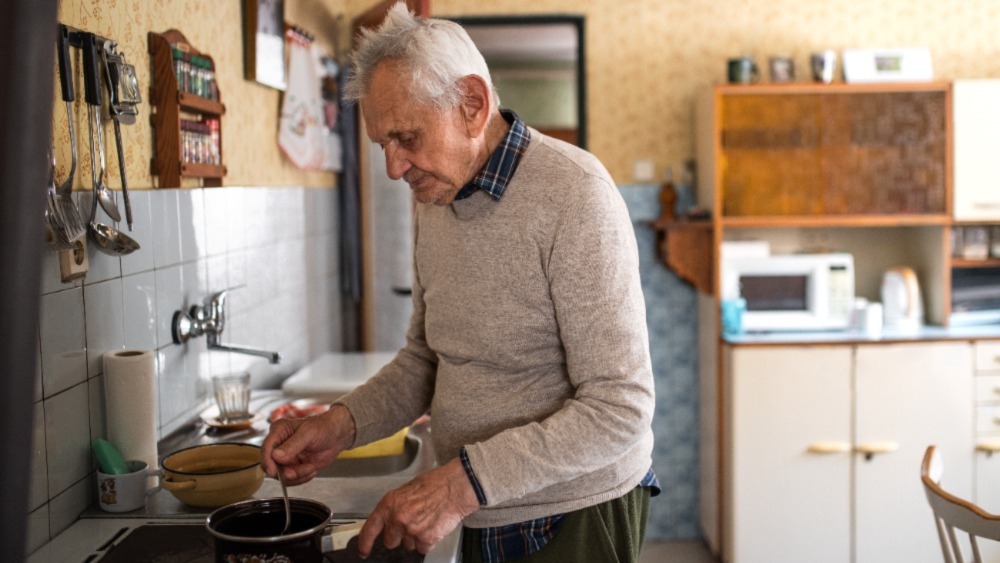Almost 1 out of 10 in the EU could not afford proper meal

In 2023, 9.5% of the EU population were unable to afford a meal containing meat, fish or a vegetarian equivalent every second day, 1.2 percentage points (pp) higher compared with 2022 (8.3%).
Moreover, focusing on people at risk of poverty in 2023 the share at the EU level was 22.3%, indicating a 2.6 pp increase compared with 2022 (19.7%). At the national level, the highest share of people at risk of poverty unable to afford a proper meal was recorded in Slovakia (45.7%), followed by Hungary (44.9%) and Bulgaria (40.2%). On the other hand, the lowest share was recorded in Ireland (4.2%), followed by Cyprus (5.0%) and Portugal (5.9%).
In the EU, the difference between the total and the at-risk-of-poverty population in terms of affording a proper meal was 12.8 pp. At the country level, Hungary reported the largest gap at 30.2 pp, followed by Slovakia (27.9 pp) and Greece (27.3 pp). In contrast, Sweden, Cyprus, Luxembourg, Portugal and Ireland reported the smallest differences, all below 4.0 pp.
Source dataset: ilc_mdes03
The capacity to afford a meal with meat, fish or vegetarian equivalent every second day is among the items observed at the household level to calculate the severe material and social deprivation rate. This is one of the headline indicators of the European Pillar of Social Rights – Social Scoreboard of indicators.
For more information
- Thematic section on the European pillar of social rights
- Database on the European pillar of social rights
- Thematic section on income and living conditions
- Database on income and living conditions
- Statistics Explained article on living conditions in Europe - poverty and social exclusion
Methodological notes
The at-risk-of-poverty rate is the share of people with an equivalised disposable income (after social transfer) below the at-risk-of-poverty threshold, which is set at 60 % of the national median equivalised disposable income after social transfers.
If you have any queries, please visit our contact us page.

